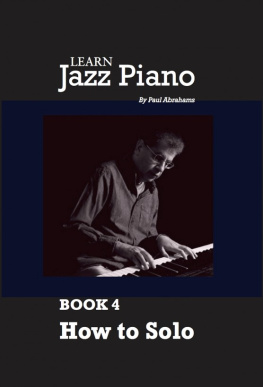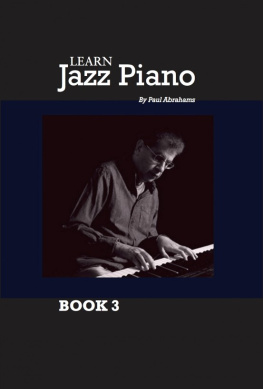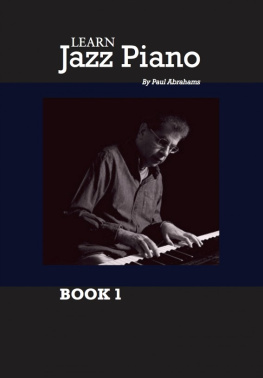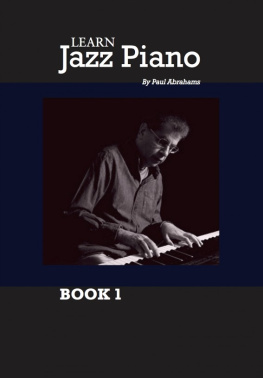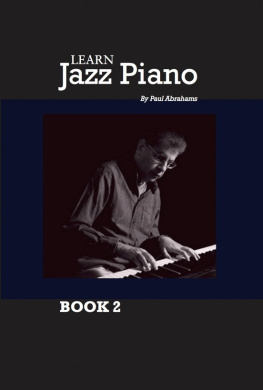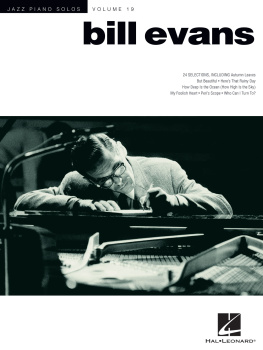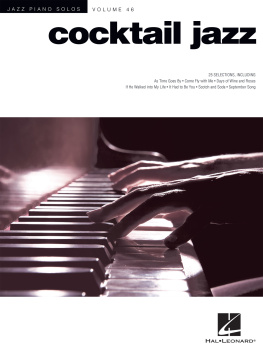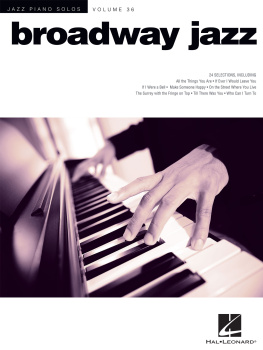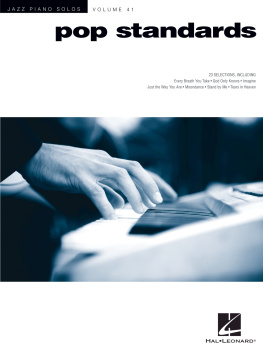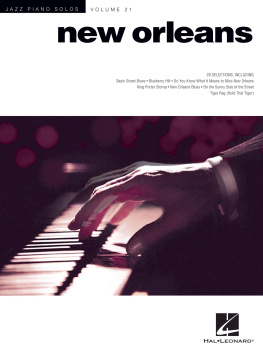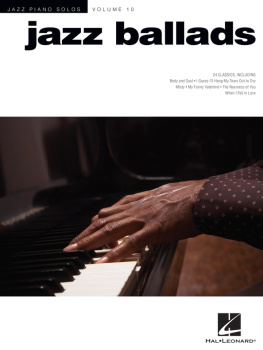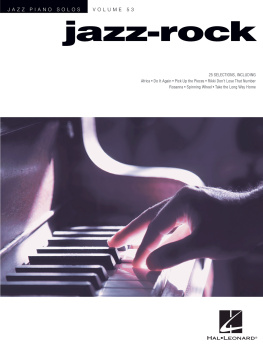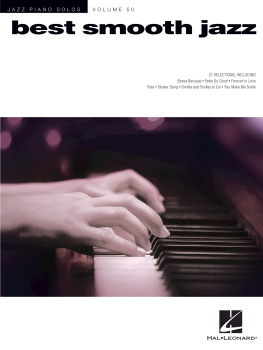Paul Abrahams - book 4: How to solo
Here you can read online Paul Abrahams - book 4: How to solo full text of the book (entire story) in english for free. Download pdf and epub, get meaning, cover and reviews about this ebook. publisher: Paul Abrahams, genre: Children. Description of the work, (preface) as well as reviews are available. Best literature library LitArk.com created for fans of good reading and offers a wide selection of genres:
Romance novel
Science fiction
Adventure
Detective
Science
History
Home and family
Prose
Art
Politics
Computer
Non-fiction
Religion
Business
Children
Humor
Choose a favorite category and find really read worthwhile books. Enjoy immersion in the world of imagination, feel the emotions of the characters or learn something new for yourself, make an fascinating discovery.
- Book:book 4: How to solo
- Author:
- Publisher:Paul Abrahams
- Genre:
- Rating:5 / 5
- Favourites:Add to favourites
- Your mark:
- 100
- 1
- 2
- 3
- 4
- 5
book 4: How to solo: summary, description and annotation
We offer to read an annotation, description, summary or preface (depends on what the author of the book "book 4: How to solo" wrote himself). If you haven't found the necessary information about the book — write in the comments, we will try to find it.
book 4: How to solo — read online for free the complete book (whole text) full work
Below is the text of the book, divided by pages. System saving the place of the last page read, allows you to conveniently read the book "book 4: How to solo" online for free, without having to search again every time where you left off. Put a bookmark, and you can go to the page where you finished reading at any time.
Font size:
Interval:
Bookmark:
Learn JazzPiano Published by Paul Abrahams atSmashwords www.learnjazzpianoonline.com This ebook islicensed for your personal enjoyment only. This ebook may not bere-sold or given away to other people. If you would like to sharethis book with another person, please purchase an additional copyfor each reader. If youre reading this book and did not purchaseit, or it was not purchased for your use only, then please returnto Smashwords.com and purchase your own copy.
Thank you for respecting thehard work of this author. Paul Abrahams First published 2014 Revised 2016
When playing these illustrationsalways assume that they are to be performed with swing eights,unless otherwise stated. =============== Table ofcontents Terminology Naming chord symbols Naming extensions &alterations Glossary Introduction 2: Righthand / left hand 3: Chords and their scales 4:The Bebop scales 5: Putting scales to work 6: Rhythmic variation 7: All OfMe 8: 3s and7s 9:A Berlin classic 10: Finding the sweet notes 11: Taking notes for a walk 2: Interlude 3: Danger Zones! 4: Too muchinformation 5: Managingturnarounds 6: A finalchecklist Links

 =============== Naming chord symbols As no two books use the same chord symbol names, Imopting for the following:
=============== Naming chord symbols As no two books use the same chord symbol names, Imopting for the following: 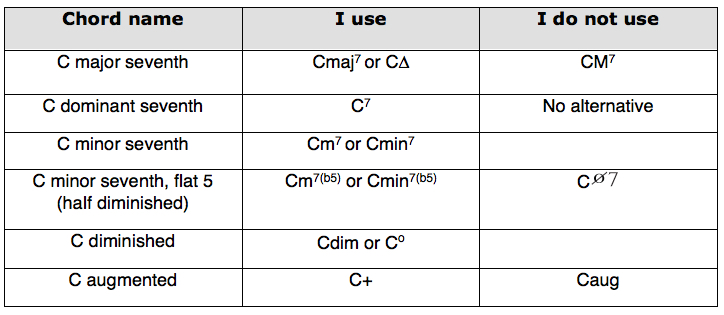
If these added notes occur within a chord theyshould, in theory, be referred to as 2nds, 4ths and 6ths etc. Unfortunately, the world isnt that simple and thesame note can be described in a number of ways. For example, #11will often be referred to as b5. Here are the possibilities: 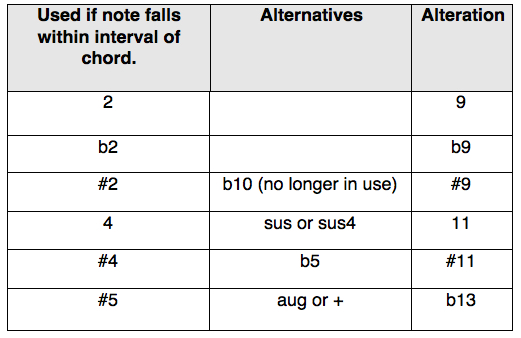 You will also encounter + and - signs instead of #and b. The good news is that 9ths dont change. If the 5th is being replaced within the chord, thenC7 (b5) is used todescribe the note Gb.
You will also encounter + and - signs instead of #and b. The good news is that 9ths dont change. If the 5th is being replaced within the chord, thenC7 (b5) is used todescribe the note Gb.
If a b13 is also required, then it must alsobe shown: C 7(b5#11) = C +E + Gb + Bb + F# So, even though Gb and F# are the same noteenharmonically, they serve different functions and therefore needto be described individually. This also applies to b13 and #5. Having said that, many chord charts use b5 and #11(or b13 and #5) arbitrarily. So I suggest that you get used toseeing them as the same note. ===================
Also known as the middle 8. Comp Theaccompaniment to another musicians solo . Extension Added noteabove the octave and not within the basic harmony of achord . Head The writtenmelody before and after the solos . Interval The spacebetween two notes . Key centre The keyconnecting a group of related chords .
Lead sheet Melodyplus chords . Mode Scale thatbegins on different steps of the major or melodic minorscale . Pick-up One or morenotes, (but usually less than the full measure) leading into thefirst complete bar of a tune or new section. Rootless voicing Aleft-hand chord that removes the root note from the bottom of thechord. It is often replaced with a 3 or 7 . Secondary dominant Adominant 7 chord pointing to a tonic that is not in the primary keycentre.
Standard A well-knownsong or tune favored by jazz musicians . Tonic The first step of a diatonic scale . Tritone substitution The replacement of one dominant 7 with another at adistance of three whole steps. Turnaround A chordsequence that leads back to the start or on to the next section. Acommon turnaround is I VI II V Vertical improvisation Each new chord has an influence over the improvisednotes .
It has never ceased to amaze me that some can sightread a Mozart Sonata, yet are totally unable to improvise. They areequally amazed that we can just sit at the piano and make upstuff. Apparently, for a number of these talented classicalmusicians, the subject of improvisation was virtually ignored in athree-year music degree course, even though great composers such asJ. S. Bach were famed for their improvisatory skills. These gifted classical pianistsyearn to improvise, but often become fearful at the prospect of nolonger reading the notes in front of them.
They marvel at the waywe seem to be conjuring flurries of notes out of nowhere, as thoughwere performing magic. And in a way, we are, although a lot ofwork has been put in before the magic can be created. It could be said thatimprovisation is the highest form of music. We seem to be creatingnew and spontaneous compositions, but the truth is that ourimprovisations have both structure and logic. There are certainrules that we are following (or breaking). Moreover, our seemingspontaneity is both consciously and subconsciously influenced bythe generations of master jazz musicians that have gone beforeus.
Much has been written about theharmonic language of Bill Evans. And indeed, behind the sheerbeauty of his playing, there lies a logical structure. But a moreinteresting case is Thelonious Monk, with his alleged eccentricapproach and wrong-sounding notes. Yet, when analyzed, everythingMonk plays has logic and structure. In order to create a meaningfulsolo, two seemingly contradictory skills need to be in place:harmonic and rhythmic understanding, alongside an empty mind. Oncethe understanding is in place, this empty mind takes over and istotally alert, like an antenna.
Once you have put in thepreparation and are fully awake, you are ready for anything. ================
Font size:
Interval:
Bookmark:
Similar books «book 4: How to solo»
Look at similar books to book 4: How to solo. We have selected literature similar in name and meaning in the hope of providing readers with more options to find new, interesting, not yet read works.
Discussion, reviews of the book book 4: How to solo and just readers' own opinions. Leave your comments, write what you think about the work, its meaning or the main characters. Specify what exactly you liked and what you didn't like, and why you think so.

